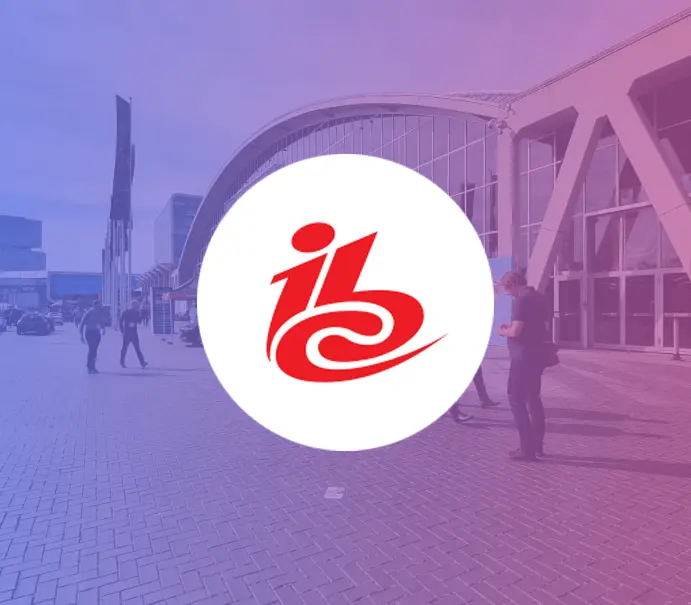The recently concluded NAB2023 launched the Excellence in Sustainability Awards, showcasing the growing significance of sustainability in content creation within the media and entertainment industry. The Awards acknowledge individuals, organizations, and products/services for outstanding innovations in media technology that promote conservation and re-usability of natural resources. This speaks volumes of the humongous significance that sustainability assumes in the awake of depletion of the natural resources.
The carbon footprint generated by the media industry has multiple negative impacts on the environment. To effectively tackle pressing environmental issues, it is pertinent to address all aspects of the content’s life cycle. There should be commitment to sustainability in everything we do.

The production phase of content creation involves the usage of high-energy equipment such as lighting, cameras, and sound systems, which consume substantial amounts of electricity. The content created in various formats, often occupies substantial physical storage space. Moreover, the transmission and distribution of media necessitate energy-intensive infrastructure.
Given these challenges, it is evident that a multi-pronged approach is needed to achieve sustainability in content creation in media & entertainment industry. This approach should encompass innovative technology solutions to reduce energy consumption during production, explore ways to minimize the environmental impact of content formats, and implement sustainable practices in the transmission and distribution processes.
Achieving Sustainability sooner with Emerging Technologies
Virtual Production
Several logistical benefits come with virtual production that goes beyond that of traditional ways of content creation. These benefits not only streamline the production process but also help in achieving sustainability in content creation while enhancing creativity.
In a virtual environment, the need for crew members, along with associated transportation and resources is significantly reduced. Similarly, there is less need for human extras and physical props as they can be created in the virtual environment. This change reduces the material waste. Being able to instantly reset the scene and view the new combination of real and virtual elements right away, means that scenes can be completed quicker with less need for re-shoots.
One of the key characteristics of Virtual production that fetches an edge for the production studio is the streamlined pipeline. Virtual production studio and sound stages, powered by virtual reality (VR) and augmented reality (AR), use LED walls and green screens to render any given location on to a given set. It significantly reduces time frames for project deliveries and therefore cuts down carbon footprint as well as cost. You need not be worried about weather conditions and lighting. There is no dismantling of physical set required. The fact that shoot can always be completed without those dreaded extra-hours is a huge relief for the film-makers, thus adding an additional benefit while moving towards sustainability in content creation.
Migration to cloud
By migrating to Cloud, you can bring down the environmental impact of the media and entertainment industry. The decrease in infrastructure causes a corresponding decrease in the carbon footprint, and that is one of the ways to achieve sustainability in content creation. Apart from that, there is a reduction in energy consumption, again, resulting in a welcome drop in carbon footprint.
Given Cloud and the booming Video on Demand (VOD) sector, the media industry will gain momentum. With the advent of 5G networks, cloud-based solutions will play a crucial role in managing the industry’s exponential growth while keeping the carbon footprint in check. Cloud-based solutions allow for flexible scaling of resources based on demand reducing energy consumption and reducing carbon emissions.

Remote Production: The new generation remote production in the Cloud provides you with the opportunity to delivery from camera to the production hub in the cloud rather than the traditional production hub. The production teams can create high-quality content from multiple remote locations. It includes video streaming, cloud computing and other digital tools for completing remote production.
Cloud storage: Cloud Storage reduces the need for physical infrastructure and equipment, so cloud storage can lower the amount of greenhouse emissions and waste generated by data storage devices. Cloud storage provides flexibility and enables you to regularly verify that your data and system are secure. What is of tantamount importance is the reduction of data centre footprint and energy costs achieved.
Embracing the renewable energy sources
Energy efficiency is something that content creators are becoming more mindful about, especially because they can reduce costs significantly by using energy efficient lighting alternatives and electrical retrofitting.
There should be an effort to utilize the most energy-efficient equipment. In the production, solar energy and other renewable energy sources should be used as much as possible. To give you an idea of the strides in this direction, it is a decade since, in a first, a movie was produced using only solar energy. So it goes to show the possibility of producing movies and TV shows using renewable energy where right equipment are available. To offset some of their energy consumption, many production studios have installed solar roofs.

Organizations now find that they can not only reduce the environmental impacts of their operations but also improve their long-term economic and social performance. There is no doubt that the media & entertainment industry is starting to realize these benefits.
By choosing a broadcast solutions provider who takes care of sustainability, you can project a positive image. RGB Broadcasting is one such company you can reach out to for your queries.



